Key Species Conservation Program in the Famatina Mountains
An agreement to protect local biodiversity.
In March 2025, we concluded a new stage of research on the fauna of the Sierras de Famatina. This conservation program is based on an inter-institutional agreement to accompany students and scientists in the study of key species in the region. We focus on four lines of research centered on emblematic and priority animals of the sierras, in a joint work between the National University of La Rioja (UNLaR), the Andean Cat Alliance (AGA), Natura Argentina and Soledad de Bustos, a taruca researcher from the NOA delegation of the National Parks Administration (APN).
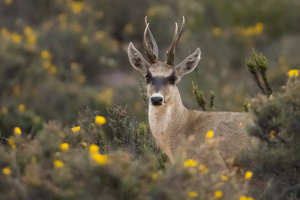
We worked with the taruca (Hippocamelus antisensis), one of the most emblematic species of the area. Other species chosen were the puma (Puma concolor), the Andean cat(Leopardus jacobita), the wild cat(Leopardus geoffroyi) and the pajonal cat (Leopardus colocolo). Credit: Mathis Jacob Dunner.
We conducted three camera trap installation and removal campaigns, and took indirect samples through transects. We complemented this work with three campaigns of interviews with local people, which gave us valuable insights into the relationship between communities and wildlife.
Mina Delina, a natural setting and key to conservation
Most of these campaigns took place in Mina Delina, within the General Felipe Varela Department. There, we sought to know the distribution and diversity of threatened medium and large mammals, with special focus on recording their presence and threats.
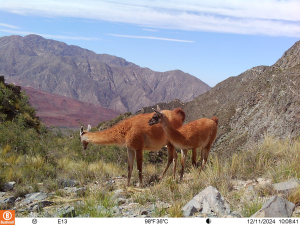
The fourth and last campaign of this first stage was carried out in Mina Delina, located in the Department of General Felipe Varela, with the objective of learning about the distribution and diversity of threatened medium and large mammals in the region. A landscape where nature and human activity have historically coexisted opens the way to remote corners where wildlife still lives in peace. Credit: Natura Argentina.
During the campaigns, more than 20 camera traps installed since September 2024 were removed. These captured more than 300,000 images, a great source of information that allows us to tell a detailed story of the local fauna and its dynamics.
Science, local knowledge and collective construction
The lines of research included interviews in local communities to add to the field surveys popular knowledge of distribution, cultural perceptions and possible conflicts between human activities and wildlife. These conversations are fundamental for designing strategies that not only protect species, but also integrate people and their knowledge into conservation processes. Many times, these interviews provide information that the research teams cannot gather with the proposed methodology. In this way, we incorporated an action-research approach that enriches our work and allows access to knowledge that often escapes traditional methodologies.
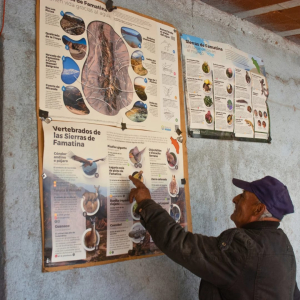
The research included interviews with local communities in order to learn about their perceptions of the fauna and its relationship with the environment.
Another contribution was the situational models for key species, elaborated using the methodology proposed by the Open Standards for Conservation, which allowed us to identify a ranking of specific threats. From there, we can design strategies to effectively address them. This work was part of the basis for the master’s thesis of Sofía Antonena, a Natura Argentina collaborator, who explored conservation values and threats in the Sierras with the guidance of the team and input from local stakeholders.
Towards community-based conservation
The data and knowledge obtained are an opportunity to develop a more inclusive conservation approach that actively involves communities in the protection of their environment and strengthens a positive link with nature. Among the species recorded during the campaigns were not only large priority mammals, but also charming species such as mountain vizcachas, foxes, skunks and a wide variety of birds.
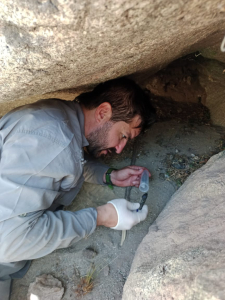
During the campaign, more than 20 camera traps, installed in September 2024, were removed and captured more than 300,000 photos, providing valuable information about the local fauna.
These conversations provide key information on local knowledge, the cultural and ecological value of species, and potential conflicts or tensions between human activities and wildlife. This is only the beginning. The Famatina Sierras hold secrets that only time, teamwork and respect for the mountain will reveal.
●

Natura Argentina Team
Natura Argentina is dedicated to conserving rainforests and habitat in Latin America through bottom-up efforts led by local initiatives.

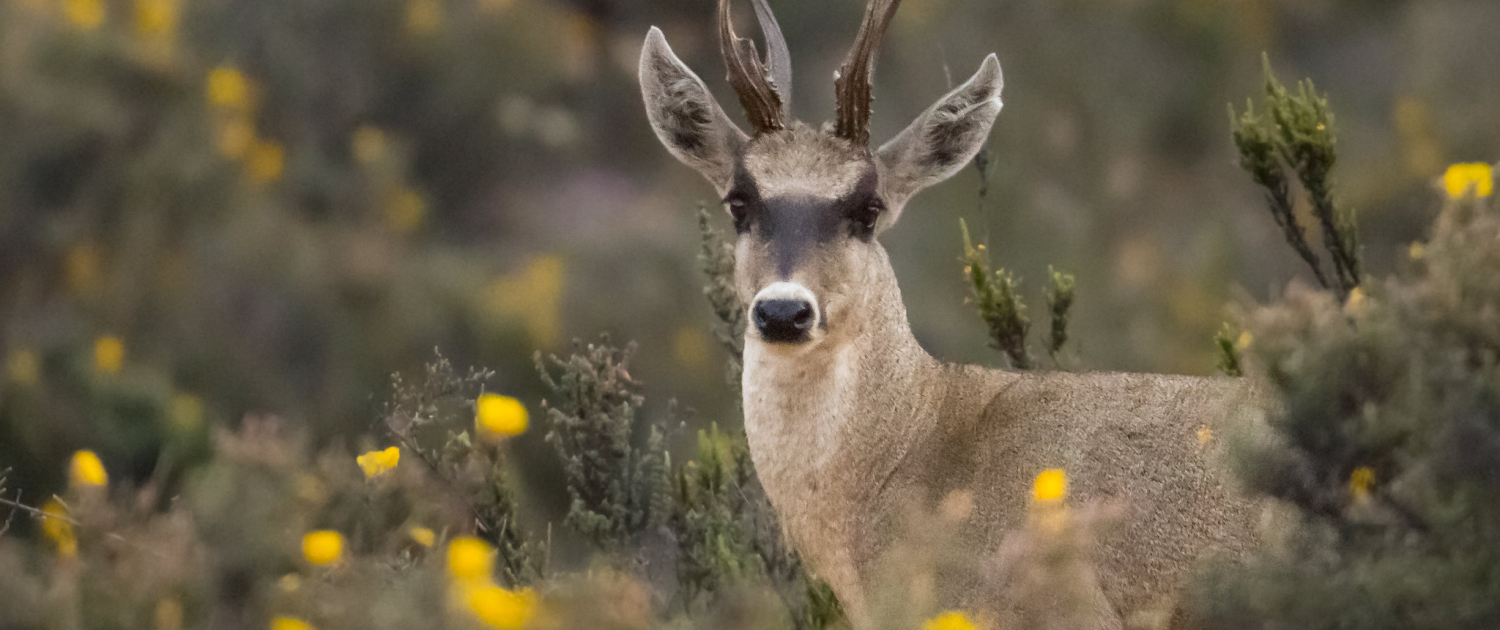 Mathis Jacob Dunner
Mathis Jacob Dunner







